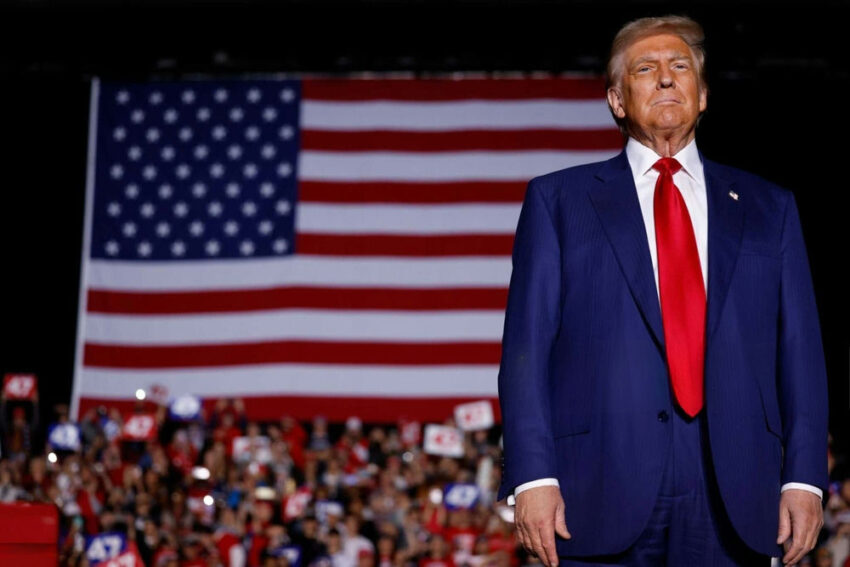When President Trump told Russia’s Medvedev to “watch his words” after a nuclear threat, the world was reminded just how quickly bad actors rattle their sabers when America reclaims its backbone—and this time, Trump didn’t just go after Russia, he slapped India with a 25% tariff as well, shaking up the entire global order overnight.
Trump Draws a Hard Line: Ultimatums, Nuclear Threats, and Trade War
President Trump has reignited America’s standing on the world stage, issuing a 10-day ultimatum that left Russian and Indian officials scrambling. On July 29, Trump demanded Russia agree to a Ukraine ceasefire or face a new barrage of economic pain, including tariffs and sanctions aimed squarely at Moscow and anyone doing business with them. The gloves-off approach left no room for the dithering and double-talk that characterized the Biden years. Trump’s message was unambiguous: end the war, or feel the full weight of American resolve.
Trump brushes back Russia’s Medvedev after ‘war’ warning: ‘Watch his words’ https://t.co/8qsajGm7GF
— Fox News (@FoxNews) July 31, 2025
Just two days later, on July 31, Trump took to Truth Social with a direct warning to Medvedev, Russia’s former president and current Security Council deputy chairman, after Medvedev raised the specter of nuclear escalation. “Tell Medvedev…to watch his words. He’s entering very dangerous territory,” Trump posted. It’s the kind of blunt, no-nonsense leadership that’s been sorely lacking. Not only did Trump call out Russia’s nuclear bluster, but he also called out India for cozying up to Moscow while enjoying trade with the U.S., announcing a 25% tariff on all Indian imports, effective August 1.
Russia’s “Dead Hand” Threat: Medvedev’s Nuclear Posturing Meets Trump’s Defiance
Medvedev, channeling the old Soviet playbook, responded to Trump’s ultimatum by invoking Russia’s infamous “Dead Hand” nuclear retaliation system. This Cold War relic is designed to launch a full-scale nuclear response even if Russia’s leadership is wiped out. Medvedev’s statement was clear: “Let him remember…how dangerous the non-existent in nature ‘Dead Hand’ can be.” This wasn’t a subtle diplomatic nudge; it was a straight-up threat to drag the world into nuclear chaos if Russia feels cornered. The Biden administration would have issued a strongly worded letter. Trump, instead, told Medvedev to knock it off and “watch his words.” That’s the difference between talking tough and being tough.
There’s no credible evidence that the “Dead Hand” system is operational today, but its existence and Medvedev’s willingness to trot it out illustrate just how far Russia is willing to go to keep the West at bay. Trump’s move to call out Medvedev directly—rather than Putin—shows a shrewd understanding of Kremlin power dynamics. He’s keeping the door open for negotiations with Putin while making it clear that public nuclear threats won’t go unanswered. The message: America will not be blackmailed by nuclear saber-rattling.
India’s Turn in the Crosshairs: Tariffs, Trade, and the BRICS Dilemma
While Russia was busy rattling its nuclear saber, India found itself an unexpected target in Trump’s quest to realign global alliances. For years, India has played both sides—buying discounted Russian oil, loading up on Russian military hardware, and then asking for special favors from the U.S. on trade. Trump has had enough. In his July 31 statement, he blasted India for “very high” tariffs and announced a 25% levy on Indian imports, effective August 1. The message was loud and clear: countries can’t keep one foot in Moscow and another in Washington without consequences.
The move threatens to upend U.S.-India trade and send a shockwave through global energy markets, as India is a top buyer of Russian oil. Indian officials have so far declined to announce any changes to their procurement from Russia. The Trump administration’s willingness to use tariffs and economic leverage as a diplomatic weapon marks a sharp break from the previous administration’s soft-touch approach, which only emboldened global freeloaders and adversaries. Trump’s critics claim the tariffs could backfire, but for American workers and manufacturers tired of being squeezed by unfair foreign competition, this is long overdue.
Global Repercussions: Rhetoric, Risk, and America’s Stand
The escalation between the U.S., Russia, and India has injected new uncertainty into world affairs. Russia’s nuclear rhetoric is a dangerous game, one that experts warn increases the risk of miscalculation and unintended conflict. India, meanwhile, faces pressure to choose sides, with the risk of alienating its biggest trade partners. For American consumers, there’s anxiety over possible price hikes, but many see the tariffs as a necessary corrective after years of one-sided deals and foreign freeloaders getting a free pass.
In the short term, diplomatic tensions are running high, with no sign that either Russia or India will bend easily. Global markets are watching closely, especially in energy and commodities. In the long run, Trump’s willingness to call the bluff of both nuclear bullies and economic opportunists could force a long-overdue realignment of global alliances. The world is on notice: The United States is back to defending its interests first, no matter how loudly the critics howl.
Sources:
Click this link for the original source of this article.
Author: Editorial Team
This content is courtesy of, and owned and copyrighted by, https://ourpatriot.com and its author. This content is made available by use of the public RSS feed offered by the host site and is used for educational purposes only. If you are the author or represent the host site and would like this content removed now and in the future, please contact USSANews.com using the email address in the Contact page found in the website menu.





